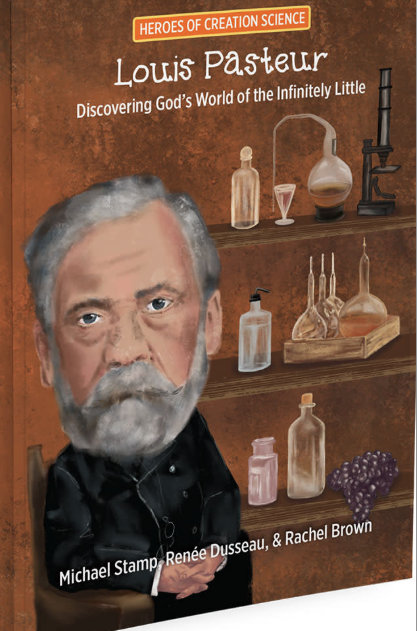Understanding genetics was so straightforward back in the good old days. I am not sure when those days were, but our picture of control systems in our bodies was easier when obvious stretches of DNA, called genes, were believed to control specific traits like eye colour and blood type. It used to be that we talked about genes and ‘junk DNA’. Now there are genes and there are control systems. It was the use of supercomputers which changed our understanding of how the human genome works.
The story is as follows. As a result of DNA sequencing, computers can reveal the exact order of nucleotides in an organism’s chromosomes. Most individuals in a population will exhibit the same sequence (order) of nucleotides in each chromosome as that specific chromosome in other individuals also displays. But the similarity is not 100%. Here and there, an individual exhibits a nucleotide that is different from those typical in the population. Basically, these are typos or mutations. On chromosome 3 for example, at nucleotide site # 136, we might find the nucleotide ‘C’ instead of the normal ‘T’. (There are choices A, T, C or G.) The scientists call this situation a single nucleotide polymorphism [or alternate choice for that single nucleotide position.] In scientific shorthand, they call these typos SNPs.
About 20 years ago, a team of scientists published an analysis of what SNPs might be involved with a common eye disease. They found that affected patients exhibited a lot of typos in common. Apparently, mutations at several spots were contributing to this disease condition. This demonstrated that expression of these sections of the genome in the normal non-mutated condition were essential for healthy individuals.
Thus, began programs to survey the genomes of large numbers of individuals (healthy compared to affected) for links to specific disease conditions. These programs of analysis were called Genome-Wide Associated Study (GWAS). Scientists love acronyms when the jargon is so cumbersome! As GWAS became more common, an interesting thing was discovered. Most of the relevant typos (SNPs) were located, not in the genes where scientists expected to find them, but in the DNA code between the genes (what scientists had been calling junk DNA!) The scientists had assumed that large sections of non-coding DNA (non-coding for genes that is) were left over from a long process of evolution and therefore had no function. But here the scientists were finding that the non-coding DNA was important to specific systems like blood sugar maintenance or prevention of cancer. Obviously the whole of the genome is important for the healthy functioning of individuals.
The more we study human genetics, the more we see how precisely organized human biology is. In honour of 20 years of GWAS, a recent article reconsidered the first analysis on age related eye disease. Apparently, chromosomes 1, 2, 3, 4, 6, 8, 9, 10, 13, 14, 15, 16, 19 and 22 all exhibit SNP sites connected to this disease. Some chromosomes exhibit several SNP sites with chromosome 6 exhibiting 20. However, chromosome 1 seems to exhibit the most important mutations.
Wow! These statistics show us how very complicated the control of any one system is in our bodies. It is common that multiple sites on multiple chromosomes control a given body system like maintenance of sugar levels in the blood. Random processes could never provide such coordination of distant parts of the genome. This shows amazing purpose and planning. Indeed, every aspect of our bodies testifies to the awesome provision and planning of our God, the Creator!
Lorraine Southam and Eleftheria Zeggini. 2025. Twenty years of genome-wide associated studies. Nature May 1 pp. 47-49.
In HeadStart (headstart.create.ab.ca) see SNPs and GWAS by searching for these terms in the search box on the top right side of the screen.
Moxie
August 2025
Subscribe to Dialogue






